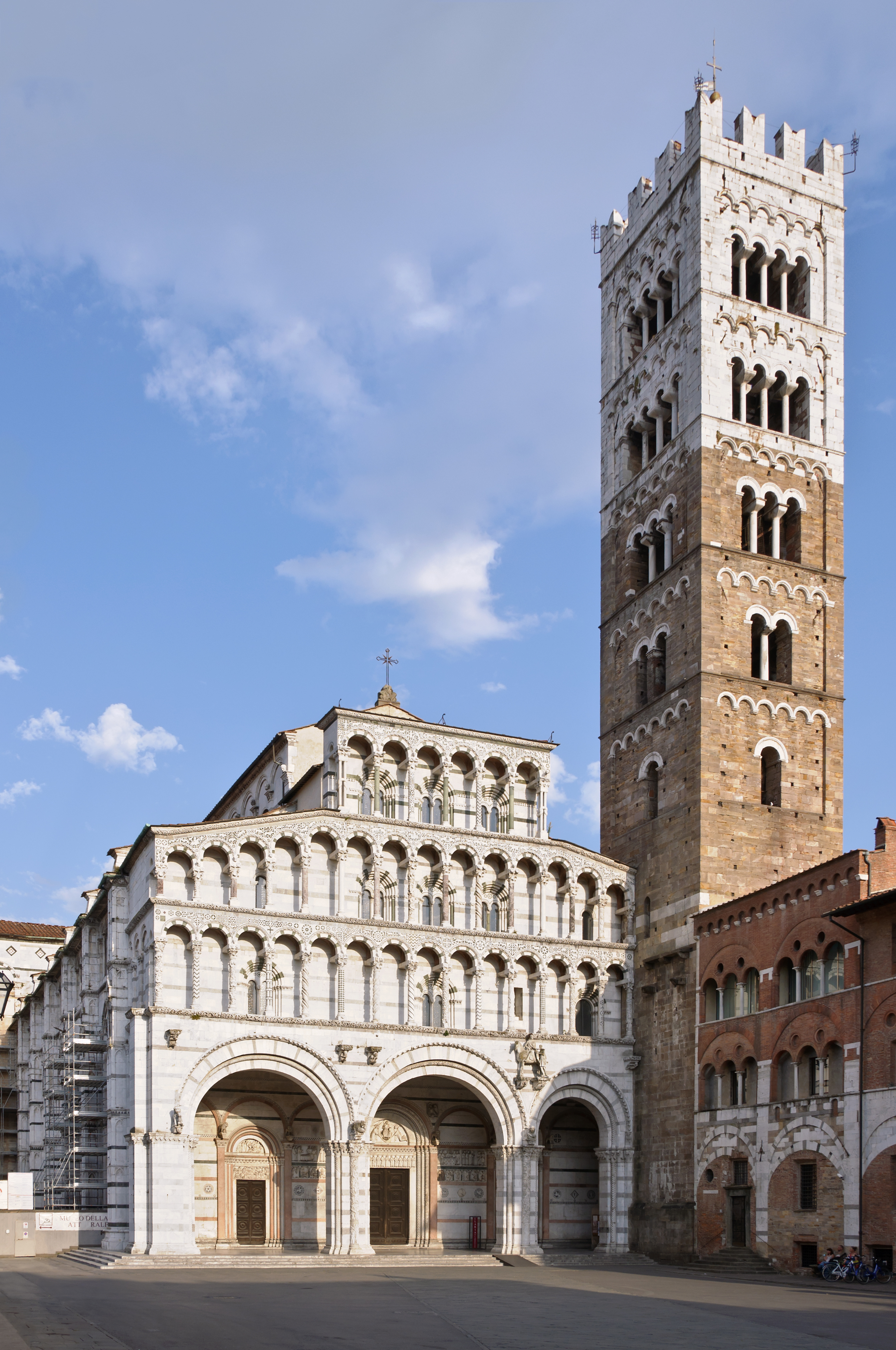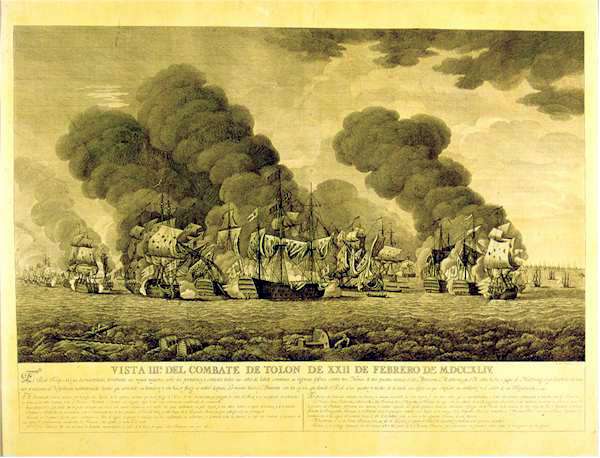|
Giovanni Domenico Brugieri
Giovanni Domenico Brugieri (1678–1744) was an Italian Painting, painter of the late-Baroque period in Lucca. Lanzi is cited as referring to him as either ''Giovanni Domenico'' or in other places as ''Giovanni Batista'' or ''Battista'',. Biography He was initially a pupil of Lazzaro Baldi in Rome, but then joined the large studio of Carlo Maratta. His works are to be seen in the Chapel of the Sacrament at the Servi, the church of the Santissima Trinita, Lucca, Santissima Trinita, and in other edifices at Lucca. Among his pupils were Gaetano Vetturali and Giuseppe Antonio Luchi. Volume 1, Presso Francesco Bertini, page 169. References 1678 births 1744 deaths 17th-century Italian painters Italian male pain ...[...More Info...] [...Related Items...] OR: [Wikipedia] [Google] [Baidu] |
Painting
Painting is the practice of applying paint, pigment, color or other medium to a solid surface (called the "matrix" or "support"). The medium is commonly applied to the base with a brush, but other implements, such as knives, sponges, and airbrushes, can be used. In art, the term ''painting ''describes both the act and the result of the action (the final work is called "a painting"). The support for paintings includes such surfaces as walls, paper, canvas, wood, glass, lacquer, pottery, leaf, copper and concrete, and the painting may incorporate multiple other materials, including sand, clay, paper, plaster, gold leaf, and even whole objects. Painting is an important form in the visual arts, bringing in elements such as drawing, composition, gesture (as in gestural painting), narration (as in narrative art), and abstraction (as in abstract art). Paintings can be naturalistic and representational (as in still life and landscape painting), photographic, abstract, nar ... [...More Info...] [...Related Items...] OR: [Wikipedia] [Google] [Baidu] |
Baroque
The Baroque (, ; ) is a style of architecture, music, dance, painting, sculpture, poetry, and other arts that flourished in Europe from the early 17th century until the 1750s. In the territories of the Spanish and Portuguese empires including the Iberian Peninsula it continued, together with new styles, until the first decade of the 19th century. It followed Renaissance art and Mannerism and preceded the Rococo (in the past often referred to as "late Baroque") and Neoclassical styles. It was encouraged by the Catholic Church as a means to counter the simplicity and austerity of Protestant architecture, art, and music, though Lutheran Baroque art developed in parts of Europe as well. The Baroque style used contrast, movement, exuberant detail, deep colour, grandeur, and surprise to achieve a sense of awe. The style began at the start of the 17th century in Rome, then spread rapidly to France, northern Italy, Spain, and Portugal, then to Austria, southern Germany, and Russia. B ... [...More Info...] [...Related Items...] OR: [Wikipedia] [Google] [Baidu] |
Lucca
Lucca ( , ) is a city and ''comune'' in Tuscany, Central Italy, on the Serchio River, in a fertile plain near the Ligurian Sea. The city has a population of about 89,000, while its province has a population of 383,957. Lucca is known as one of the Italian's "Città d'arte" (Arts town), thanks to its intact Renaissance-era city walls and its very well preserved historic center, where, among other buildings and monuments, are located the Piazza dell'Anfiteatro, which has its origins in the second half of the 1st century A.D. and the Guinigi Tower, a tower that dates from the 1300s. The city is also the birthplace of numerous world-class composers, including Giacomo Puccini, Alfredo Catalani, and Luigi Boccherini. Toponymy By the Romans, Lucca was known as ''Luca''. From more recent and concrete toponymic studies, the name Lucca has references that lead to "sacred wood" (Latin: ''lucus''), "to cut" (Latin: ''lucare'') and "luminous space" (''leuk'', a term used by the firs ... [...More Info...] [...Related Items...] OR: [Wikipedia] [Google] [Baidu] |
Lazzaro Baldi
Lazzaro Baldi ( – 30 March 1703) was an Italian painter and engraver of the Baroque period active mainly in Rome.The idea of artist's death and his burial in the Italian seventeenth century in "Rivista d'arte", V ser., 2016 - a.51, n. 6 (2018), pp. 185-212 Biography Study Baldi was born in Pistoia around 1624. He is initially believed to have been a pupil of a little known Francesco Leoncini in his native city. Attracted by the fame of his fellow Tuscan |
Carlo Maratta
Carlo Maratta or Maratti (13 May 162515 December 1713) was an Italian painter, active mostly in Rome, and known principally for his classicizing paintings executed in a Late Baroque Classical manner. Although he is part of the classical tradition stemming from Raphael, he was not exempt from the influence of Baroque painting and particularly in his use of colour. His contemporary and friend, Giovanni Bellori, wrote an early biography on Maratta. Biography Born in Camerano (Marche), then part of the Papal States, Maratta went to Rome in 1636, accompanied by, Don Corintio Benicampi, secretary to Taddeo Barberini. He became an apprentice in the studio of Andrea Sacchi. It was at this time that the debate between Sacchi and Pietro da Cortona took place at the Accademia di San Luca, the artists academy in Rome. Sacchi argued that paintings should only have a few figures which should express the narrative whereas Cortona countered that a greater number of figures allowed for the develop ... [...More Info...] [...Related Items...] OR: [Wikipedia] [Google] [Baidu] |
Gaetano Vetturali
Gaetano Vetturali (1701–1783) was an Italian painter. Biography He specialized in imaginary landscapes (''capricci'') also called ''paesaggios'' or veduta (landscapes) with architecture and figures. Gaetano was born in Lucca. His initial training was in Bologna. He studied first under Giovanni Domenico Brugieri and Giovanni Domenico Lombardi, the former pupil of Maratta and the latter of Marracci. Subsequently he moved on to study quadratura with Ferdinando Galli Bibiena in Bologna, and figure painting with Vittorio Bigari Vittorio Bigari (1692 – 1776) was an Italian painter of the late-Baroque period. Biography He was born in Bologna in 1692. His main biographer was Zanotti. He was initially trained in the art of stucco and sculpture, a pupil of Antonio D .... He was strongly influenced by Canaletto.Mazzarosa, page 172. In 1759, he decorated the apartment of the Gonfaloniere in the Palazzo della Signoria in Lucca. References * * 1701 births 1783 deaths 18 ... [...More Info...] [...Related Items...] OR: [Wikipedia] [Google] [Baidu] |
Giuseppe Antonio Luchi
Giuseppe Antonio Luchi, also known as il Diecimino, (July 17, 1709 – May 12, 1774) was an Italian painter. He was born in Diecimo, now within Borgo a Mozzano, in the now Province of Lucca. He initially trained under a doctor Azzi of Castelnuovo, who was painting canvases for the ''Via Crucis'' of the local parish church. In 1725, he went to work in Lucca, first under Giorgio Cristoforo Martini, called il Sassone, then under Domenico Brugieri until 1729 In that year, he moved to Bologna to work under Donato Creti. In October 1751, he moved to Venice where he found the support of an inn owner, Angela Zangrandi, and the patronage of Alessandro Corner, which gained him access to the studio of Giovanni Battista Tiepolo. He mainly made stucco statues and copies of paintings. In 1738, he returned to Lucca, where he was patronized by the Doctor Tommaso Lippi, then settled in Lucca where he had pupils, including Bernardino Nocchi and Stefano Tofanelli. he worked in Lucca until 1769, whe ... [...More Info...] [...Related Items...] OR: [Wikipedia] [Google] [Baidu] |
1678 Births
Events January–March * January 10 – England and the Dutch Republic sign a mutual defense treaty in order to fight against France. * January 27 – The first fire engine company (in what will become the United States) goes into service. * February 18 – The first part of English nonconformist preacher John Bunyan's Christian allegory, ''The Pilgrim's Progress'', is published in London. * March 21 – Thomas Shadwell's comedy '' A True Widow'' is given its first performance, at The Duke's Theatre in London, staged by the Duke's Company. * March 23 – Rebel Chinese general Wu Sangui takes the imperial crown, names himself monarch of "The Great Zhou", based in the Hunan report, with Hengyang as his capital. He contracts dysentery over the summer and dies on October 2, ending the rebellion against the Kangxi Emperor. * March 25 – The Spanish Netherlands city of Ypres falls after an eight-day siege by the French Army. It is later return ... [...More Info...] [...Related Items...] OR: [Wikipedia] [Google] [Baidu] |
1744 Deaths
Events January–March * January 6 – The Royal Navy ship ''Bacchus'' engages the Spanish Navy privateer ''Begona'', and sinks it; 90 of the 120 Spanish sailors die, but 30 of the crew are rescued. * January 24 – The Dagohoy rebellion in the Philippines begins, with the killing of Father Giuseppe Lamberti. * February – Violent storms frustrate a planned French invasion of Britain. * February 22– 23 – Battle of Toulon: The British fleet is defeated by a joint Franco-Spanish fleet. * March 1 (approximately) – The Great Comet of 1744, one of the brightest ever seen, reaches perihelion. * March 13 – The British ship ''Betty'' capsizes and sinks off of the Gold Coast (modern-day Ghana) near Anomabu. More than 200 people on board die, although there are a few survivors. * March 15 – France declares war on Great Britain. April–June * April – ''The Female Spectator'' (a monthly) is founded by Eliza Haywood in E ... [...More Info...] [...Related Items...] OR: [Wikipedia] [Google] [Baidu] |
17th-century Italian Painters
The 17th century lasted from January 1, 1601 ( MDCI), to December 31, 1700 ( MDCC). It falls into the early modern period of Europe and in that continent (whose impact on the world was increasing) was characterized by the Baroque cultural movement, the latter part of the Spanish Golden Age, the Dutch Golden Age, the French ''Grand Siècle'' dominated by Louis XIV, the Scientific Revolution, the world's first public company and megacorporation known as the Dutch East India Company, and according to some historians, the General Crisis. From the mid-17th century, European politics were increasingly dominated by the Kingdom of France of Louis XIV, where royal power was solidified domestically in the civil war of the Fronde. The semi-feudal territorial French nobility was weakened and subjugated to the power of an absolute monarchy through the reinvention of the Palace of Versailles from a hunting lodge to a gilded prison, in which a greatly expanded royal court could be more easily ... [...More Info...] [...Related Items...] OR: [Wikipedia] [Google] [Baidu] |
Italian Male Painters
Italian(s) may refer to: * Anything of, from, or related to the people of Italy over the centuries ** Italians, an ethnic group or simply a citizen of the Italian Republic or Italian Kingdom ** Italian language, a Romance language *** Regional Italian, regional variants of the Italian language ** Languages of Italy, languages and dialects spoken in Italy ** Italian culture, cultural features of Italy ** Italian cuisine, traditional foods ** Folklore of Italy, the folklore and urban legends of Italy ** Mythology of Italy, traditional religion and beliefs Other uses * Italian dressing, a vinaigrette-type salad dressing or marinade * Italian or Italian-A, alternative names for the Ping-Pong virus, an extinct computer virus See also * * * Italia (other) * Italic (other) * Italo (other) * The Italian (other) * Italian people (other) Italian people may refer to: * in terms of ethnicity: all ethnic Italians, in and outside of Italy * ... [...More Info...] [...Related Items...] OR: [Wikipedia] [Google] [Baidu] |






